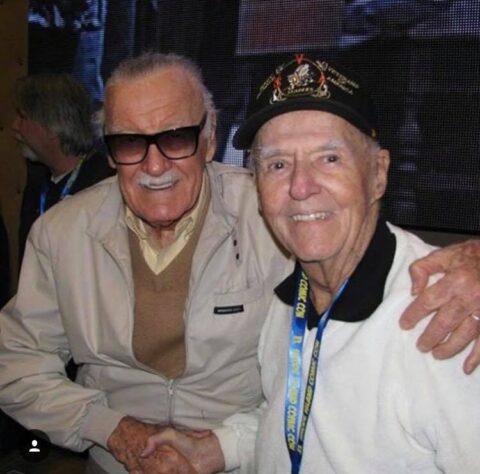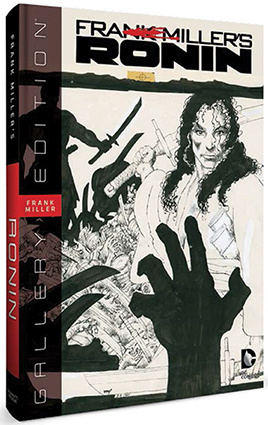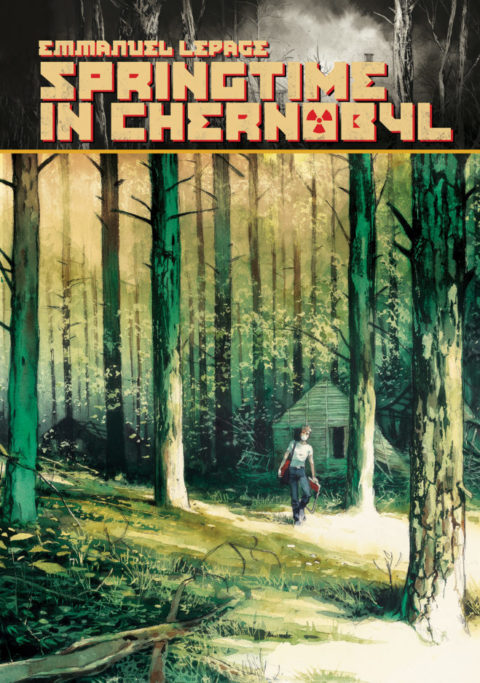Every time one of Scott VanderPloeg’s Artist Edition reviews (AE) comes out, I feel another withdrawal coming on. As in bank withdrawal.
I’m a big fan of the Artist edition format, for the obvious reason that it is great to see such high quality scans of original art in the size/format that they were produced in.The two most difficult aspects of handling them are (a) how do I look at something comfortably that is this size and (b) how and where do I store them? Where there’s a will there’s a way. I personally usually lay them flat on my dining room table and stand while ogling the fantastic format.
I find the actual numbers of copies sold of each edition varies but 1000 copies is probably a rough average of copies sold. This is invariably because of the price tag. The US/CDN dollar exchange has these books running between $150- $200 CDN on average. Hence the withdrawal symptoms!
I just wanted to bring to your attention three different Artists Editions over the next few weeks, because I think they are outstanding and need to really get some more well deserved attention.
 The first one is Jack Kirby’s Kamandi Vol 1. I was never even remotely been a fan of Kamandi and only flipped through it when it came out on the stands. Partly because I was in shock when Kirby left Marvel and especially the Fantastic Four. When New Gods and Mr Miracle and Forever People came out I was disappointed in the artwork as it was nowhere near as polished as the Kirby/Sinnott or Kirby/Giacoia work we were accustomed to and for whatever reason Kamandi didn’t even register with me.
The first one is Jack Kirby’s Kamandi Vol 1. I was never even remotely been a fan of Kamandi and only flipped through it when it came out on the stands. Partly because I was in shock when Kirby left Marvel and especially the Fantastic Four. When New Gods and Mr Miracle and Forever People came out I was disappointed in the artwork as it was nowhere near as polished as the Kirby/Sinnott or Kirby/Giacoia work we were accustomed to and for whatever reason Kamandi didn’t even register with me.
The AE review on Oct.17th really got my attention and I was really intrigued by the complexity of the layouts and how good the book looked. I sought out a copy of Vol.1 and really “saw” Kamandi for the first time. The team of Kirby/Royer certainly didn’t look like Kirby/Sinnott but the size of the volume and clarity of the reproduction made me feel the excitement and emotion that Kirby put into each page. I got to enjoy the sequential art in a way that really surprised me. Kirby had an imagination like really no other comic artist.He truly just burst forth with different concepts so inventive that even he could not keep up with them.I wonder if he ever slept as a result of such an incredible imagination?
The story goes that Carmine Infantino at DC Comics tried to get the rights to do a Planet Of The Apes comic and when that fell through he asked Kirby to come up with something. Kirby never saw the movie but was familiar with the concept as he had written a story for Harvey Comics “Alarming Tales”, in a story called “The Last Enemy”. This predated the Planet Of The Apes novel and he had also created an unused comic strip in 1956 called Kamandi and the Caves, which he mashed together and came up with Kamandi The Last Boy on Earth.
 Now I must admit that I have never been a big fan of Jack’s dialogue but have certainly grown to appreciate his unique and quirky nature. But the art is why I love the AE format so reading them is not as important to me as seeing the size and scope of the artwork as it was created.
Now I must admit that I have never been a big fan of Jack’s dialogue but have certainly grown to appreciate his unique and quirky nature. But the art is why I love the AE format so reading them is not as important to me as seeing the size and scope of the artwork as it was created.
It would be hard to imagine that Kirby never saw the Apes movie, but he was just so inventive. Kamandi didn’t have any talking apes until 3 or 4 issues in. Lots of talking dogs, foxes, rats and tigers, but no apes. But the dystopian world view was very similar indeed.Surprisingly so!
I enjoyed the large panel and the Kirby bombast so much, I am awaiting the arrival of Kamandi Vol.2 and can’t wait for the Fantastic Four AE that is due shortly.
So for me it was like the excitement of discovering a whole new Kirby universe that was fun and incredibly inventive. Kirby had infused a lot more emotion and storytelling in this character than I ever imagined.
So, if you want to see a spectacle of sequential art, check this AE out. It was such a pleasant surprise I am eagerly awaiting the second volume.
Next time I want to talk to you about Al Williamson’s masterpiece! The Empire Strikes Back!
Till then, continued Happy Collecting!




I really don’t get the business model of these books. If only about 1000 copies get sold, I can’t imagine there’s much profit in producing these. I heard retailers net about 20%, maybe less depending on final sale price. Take away the cost of printing, salaries and other production costs… there’s not much of the pie left over. IDW probably has some sort to deal in place with the printer but how low can they go? They’ve got staff of their own and equipment to pay off. Maybe it’s one of those “labour of love” situations and is piggy backing off of other projects? It’s a mystery to me.
I don’t know either Charlie.There certainly are some that sold more. I know that I sent a few pages of original art for the 2nd ASM edition from my own collection.No payment is made for the use of the artwork but the cost of production has to be high on these books as well as shipping.They are so massive!
I’m somewhat with you Dennis when it comes to Kirby’s DC output in the ’70s, although I did have a particular fondness for Kamandi. The fourth world stuff just left me cold, and pasting heads on Kirby Superman figures in Jimmy Olsen must have been the ultimate indignity for the King. After Kirby left Kamandi…so did I. It’s interesting that attempts to produce comic adaptations of popular movies had some fascinating results, especially when they failed. DC’s attempt to bring Planet of the Apes to the comics resulted in Kamandi. Marvel’s attempt to get the rights to put out a comic adaptation of The Prisoner actually got as far as the drawing board stage before it was aborted and Kirby then used the ideas he had been working on in Fantastic Four 84-87. Although the inking on Kamandi was vastly different than the Kirby-Sinnot team, I actually think Royer was truer to Kirby’s actual pencils, whereas, for all his talent, Sinnot spent a lot of time smoothing out Kirby’s style, which, I do admit, made it a little more enticing for the reader somehow. Never quite figured out how Jack felt about his different inkers and their take on his own style.
Mel , I remember reading that Kirby said Royer inked his art exactly as he put it down.I think that what Sinnott brought to the table was the cleaning up of some of Kirbys quirks.Joe Sinnott has said that Jack couldn’t draw ears , so he fixed them.Joe was a serious penciler who pencilled thousands of pages for Romance comics of the day and he was certainly more pedestrian but when added to Kirbys pencils it was magic.The thought of those stories that Sinnott inked ,like Captain America in the latter days of TOS or the Inhuman backup in Thor are great examples how Joe totally kept Kirby intact, butas you said , smoothed him out!
There is very little content cost. Still trying to find out if artist’s are compensated, but otherwise it’s scans of art pages. One editor, one designer.